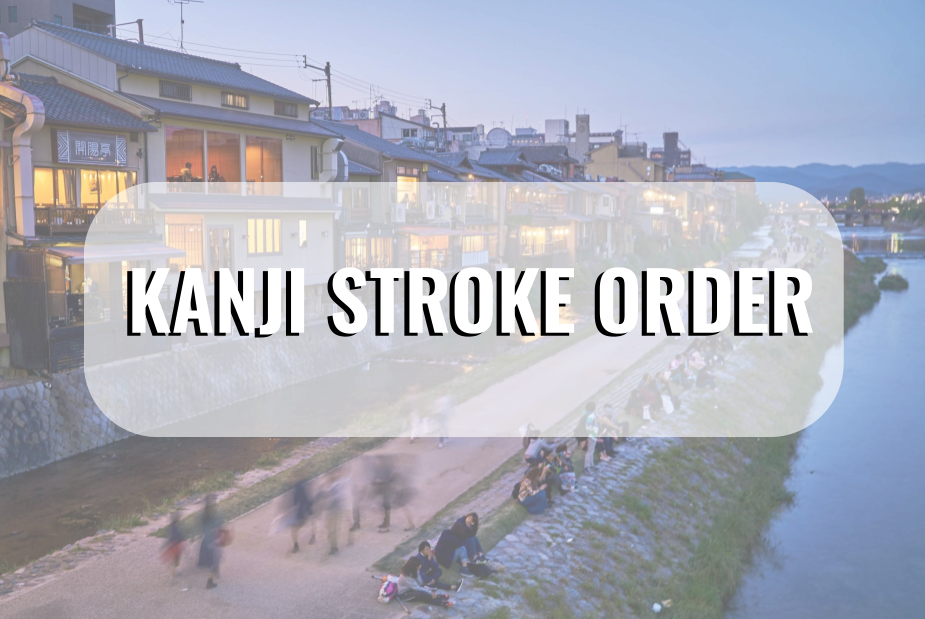You've heard it a million times by now: Japanese kanji are hard. Anyone who tells you otherwise is often hiding something...
When learning kanji, one of the most important things to master, first and foremost, is stroke order. (Take this from someone who botched taking it seriously enough and paid for it later.)
Fortunately, if you've mastered your kana handwriting, you'll already be miles (er, kilometers) ahead in proficiency over someone who hasn't. Proper stroke order not only helps improve your handwriting, but it also makes it easier to recognize and remember kanji. Seriously.
At a Glance
The following are the 10 basic stroke order rules for kanji, as outlined in Hadamitzky and Spahn's Kanji & Kana book. While there's a lot more to each than is written here, nailing these will give you the edge to learning, writing, and recognizing new kanji over anyone who simply jumps right in. Therefore, I recommend getting familiar with them.
- Horizontal strokes are written from left to right.
- Vertical strokes are written from top to bottom.
- Left-falling diagonal strokes are written from top to bottom and left to right.
- Right-falling diagonal strokes are written from top to bottom and right to left.
- Horizontal strokes before vertical strokes.
- Left-falling diagonal strokes before horizontal strokes.
- Vertical strokes before right-falling diagonal strokes.
- Bottom enclosure before left enclosure.
- Left enclosure before top enclosure.
- Closing strokes last.
These rules may seem strict and inflexible. They kind of ar. However, they also actually help create consistency and legibility in written Japanese. By following these rules, you'll be able to write kanji with greater accuracy and efficiency. New complicated-looking characters will become less daunting, if not entirely comprehensible, in the long run with sufficient practice of these.
Exceptions
That said (as is characteristic of Japanese...) it's worth noting that there are some exceptions to these rules, especially in calligraphy and certain styles of handwriting. However, for most learners, sticking to these basic rules will provide a solid foundation for mastering kanji stroke order. So get to it! In conclusion, proper stroke order is an essential part of learning kanji, and the 10 basic stroke order rules outlined in Hadamitzky and Spahn's Kanji & Kana are an excellent starting point for anyone looking to improve their kanji handwriting and recognition skills And if you're interested in mastering these and other important aspects Japanese kanji, I recommend looking no further than IJC's Cracking the Kanji Code Course as well as it's sequel for starting with your first 80 JLPT N5-Level kanji in our Level 2 Kanji Course. Happy studies!


